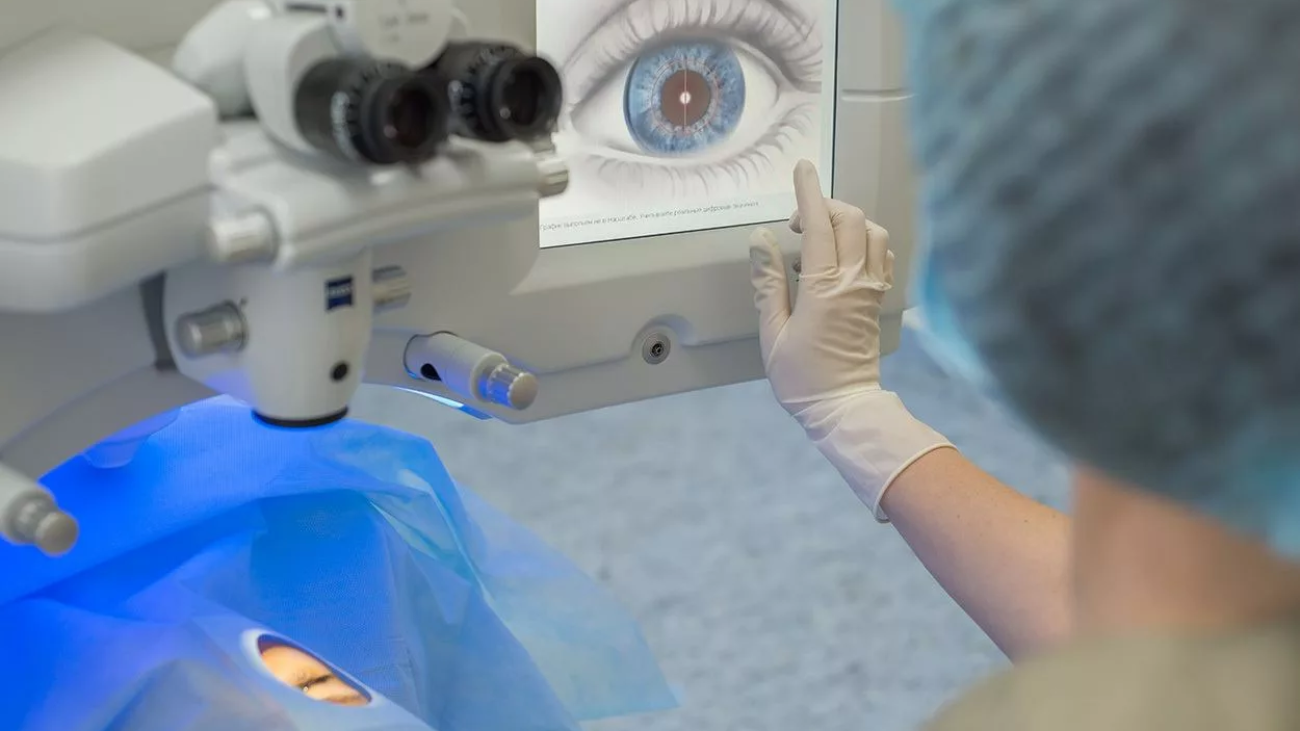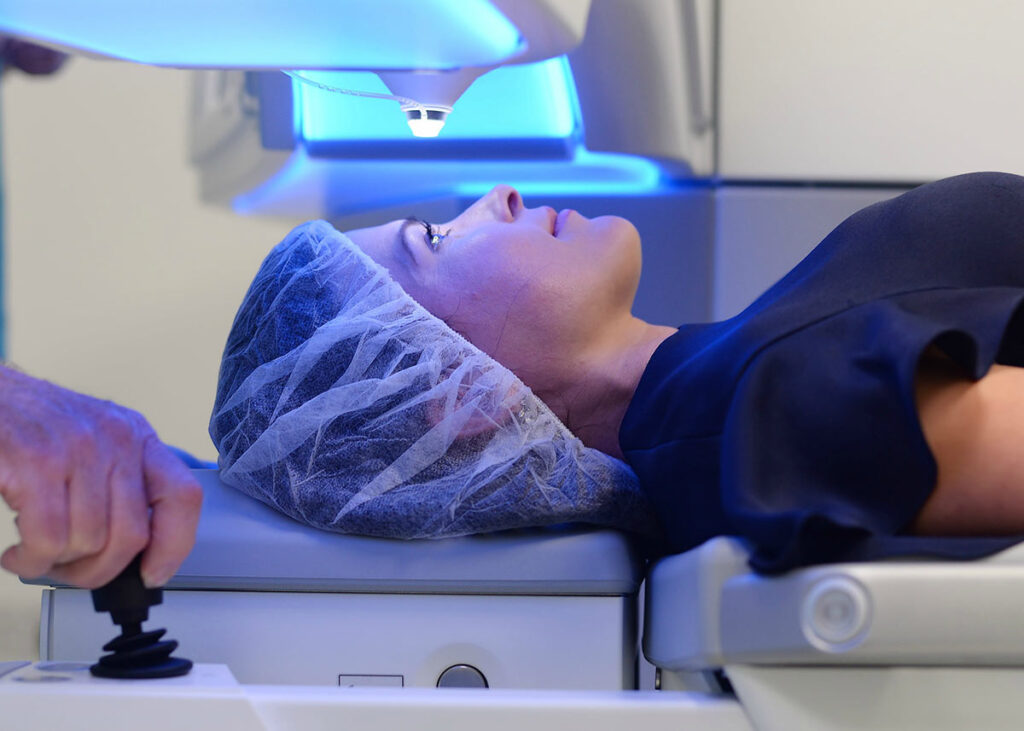Introduction
Imagine trying to read your favorite book, but the words seem hazy. Or struggling to recognize a friend’s face in a crowd. For many, that’s the reality of living with cataracts—a condition often misunderstood as something that only affects the elderly. But here’s the truth: cataracts don’t always wait for retirement age to strike.
While it’s true that cataracts are more common as we get older, people in their 40s, and sometimes even younger, are starting to experience the frustrating effects of cloudy vision. Thankfully, cataract surgery has come a long way—and it’s not just for seniors anymore. With safer techniques and smarter technology, more people are choosing to take control of their vision earlier in life.
What Are Cataracts?
In simple terms, a cataract is when the natural lens inside your eye becomes cloudy. Instead of letting light pass through clearly, the lens starts to scatter it—like trying to see through a foggy window.
Cataracts often develop slowly, so you might not even notice at first. But over time, reading gets harder, colors look duller, and night driving becomes more stressful. The good news? Cataract surgery is one of the most effective and safest procedures available today.
Why Cataract Surgery Is No Longer Just for Seniors
There was a time when people waited until cataracts were “ripe” before even considering surgery. Today, that mindset is changing—and for good reason.
Younger patients, especially those in their 40s or 50s, are realizing they don’t have to wait for things to get “bad enough.” Why struggle with blurry vision during the prime years of your career, parenting, or travel adventures?
With modern cataract surgery, vision can often be restored quickly, allowing people to enjoy active lifestyles without compromise. Whether it’s reading fine print at work, seeing your child’s smile clearly, or driving confidently at night—these aren’t luxuries you should postpone.
See more: Best Laser Eye Surgery Options for Perfect Vision
Before the Surgery: What to Expect
The journey starts with a consultation. Your eye specialist will examine your eyes, check your vision, and explain whether cataract surgery is the right step.
It’s normal to feel nervous. Many patients worry: “Will it hurt?” “What if something goes wrong?” As a medical professional, I often tell patients this—cataract surgery is not just common, it’s also one of the most refined and successful procedures in modern medicine.
At your pre-surgery visit, you’ll also choose your new artificial lens. Some lenses can even correct nearsightedness or farsightedness, reducing your need for glasses afterward.

During the Surgery: Simple, Smooth, and Surprising
The day of the surgery often surprises people with how smooth it is. You’ll be given eye-numbing drops and likely a mild sedative to keep you relaxed.
You’ll be awake, but you won’t feel pain. Most patients describe seeing lights, shadows, or colors, but nothing uncomfortable. The cloudy lens is gently removed, and a clear artificial lens is put in its place. That’s it.
The entire process typically takes 15 to 30 minutes. Many patients are shocked by how quick and painless it is.
The Moment After: Seeing Clearly Again
For some, the improvement in vision is almost immediate—like lifting a fog. Others may notice it over the next few days as healing progresses.
One of my patients, a 52-year-old graphic designer, burst into tears the morning after his surgery. “I had no idea how much I was missing,” he said, amazed at the vibrancy of colors and clarity of detail.
This emotional moment is something I witness again and again. The ability to see clearly isn’t just physical—it’s deeply emotional.
Recovery: The First Few Days and Weeks
Post-surgery care is simple. You’ll be given eye drops to prevent infection and inflammation. Avoid rubbing your eyes or heavy lifting for a few days.
You’ll likely return for a follow-up visit within 24–48 hours. Most people are back to regular activities within a week—sometimes sooner. Driving, reading, and watching TV often resume quickly, depending on how your eye is healing.
And no, most patients don’t experience pain—just mild irritation or light sensitivity, which typically fades within a day or two.
Emotional Transformation: More Than Just Better Sight
One of the most beautiful parts of cataract surgery is the emotional shift it brings.
Younger patients often regain confidence at work, in social settings, or while driving. Parents talk about seeing their kids’ faces clearly again. Travelers enjoy vibrant views without squinting. Even hobbies like painting, sewing, or hiking become enjoyable once more.
I recall a woman in her late 40s who delayed her surgery out of fear. After the procedure, she said, “I feel ten years younger. I didn’t realize how much I was compensating for my poor vision.”
This isn’t rare. Cataract surgery helps people reclaim independence, energy, and joy—no matter their age.
Conclusion: Don’t Let Age Define Your Vision
If you’re in your 40s or 50s and struggling with blurry vision, don’t let outdated assumptions stop you. Cataract surgery isn’t reserved for grandparents—it’s for anyone ready to see the world clearly again.
Talk to a vision specialist, ask questions, and take the time to understand your options. The clarity you gain isn’t just for your eyes—it’s for your life.
From work to play, from family to personal goals, clear vision makes everything brighter. And in 2025, cataract surgery is safer, smarter, and more accessible than ever.
Because your life—and your vision—shouldn’t wait for “old age” to start seeing clearly again.



